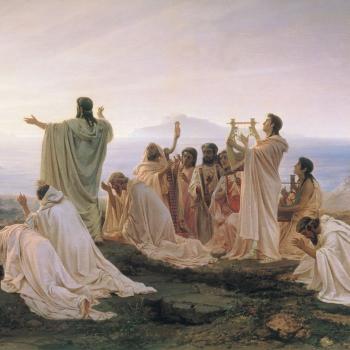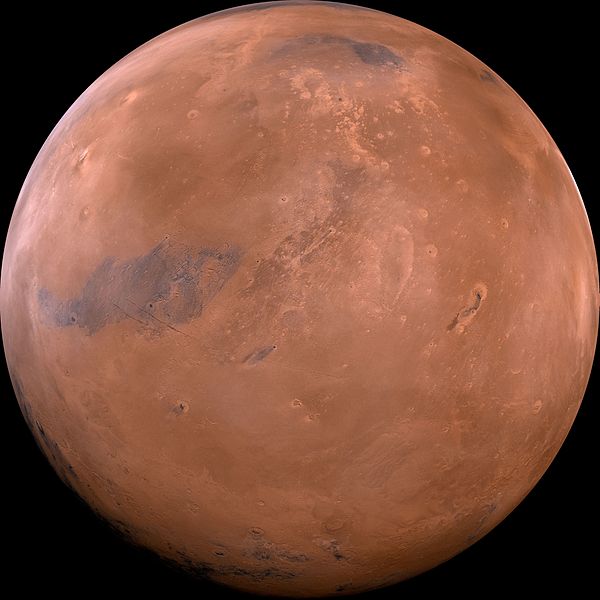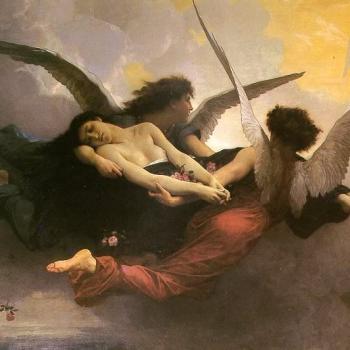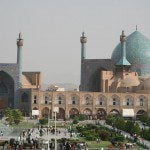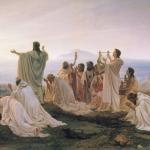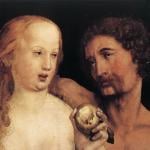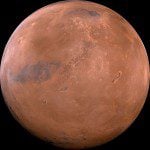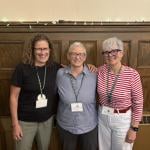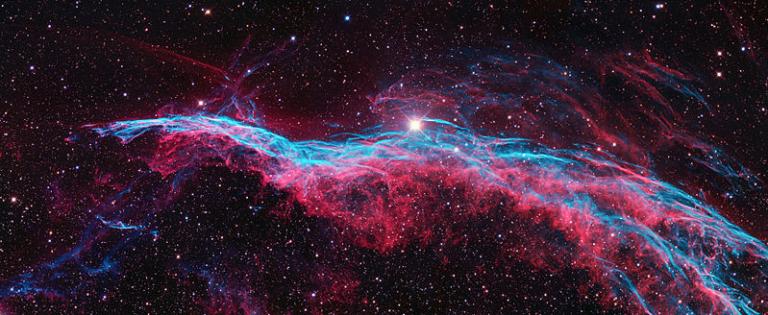
Continuing my response – this is Part Two of Three — to the implicit challenge offered up by a devotee of a particularly simplistic and historically uninformed scientism, which reads as follows:
You won’t find even one instance where science has had to say it was wrong, and someones sacred scriptures from antiquity got it right. Not. one. time. not. one. item.
We continue with the opposed notions of a created universe, associated with mainstream Christianity, and a universe that simply is and always has been, which was, until very recent times, the consensus of science:
This static view of the universe – which allowed for internal movements of energy and matter, but not for either origination or decay – remained the scientific consensus until the end of the First World War. Religious ideas of creation were regarded as outdated mythological notions, completely incompatible with cutting-edge scientific knowledge. Then, slowly but surely, evidence began to accumulate suggesting that the universe, far from being eternal, had an origin.
Alister McGrath, The Big Question: Why We Can’t Stop Talking about Science, Faith and God (New York: St. Martin’s Press, 2015), 80.
And now for some notes drawn chiefly from McGrath, The Big Question, pp. 80-82:
Three dramatic alterations in our understanding of the cosmos occurred during the years 1900-1931.
First, the accepted value of the star system – our galaxy, as we now see and understand – increased tenfold.
Second, thanks to the work of Edwin Hubble (1883-1953), we learned that other star systems or galaxies exist beyond the Milky Way.
Third, we discovered that the universe is expanding.
The eventual implications of that third discovery were astounding. The plain implication was that, if the historical tape were played backward, the universe would return to – and, thus, must have originated from – an extraordinarily dense initial state. The universe seemed to have had a beginning
Some atheist scientists, such as Fred Hoyle and Steven Weinberg, . . . were worried that the idea of the universe having an origin “sounded religious” or resembled the biblical account of creation found in the book of Genesis.
Hoyle’s “steady state” model of the universe was the preferred cosmology of atheists at the time, as it eliminated any possibility of a “creation.” Speaking at the Massachusetts Institute of Technology in 1967, Weinberg remarked that “the steady state theory is philosophically the most attractive theory because it least resembles the account given in Genesis.” He then ruefully added, “It is a pity that the steady state theory is contradicted by experiment.” (McGrath, The Big Question, p. 39)
And, indeed, it was in the 1960s that the pendulum began to swing toward what Hoyle had derisively called the “Big Bang.”
The most important reason was the 1965 discovery of cosmic background radiation – an echo of the primal “explosion” – by Arno Penzias and Robert Wilson.
Virtually all scientists now agree, for a multitude of reasons, that the universe – space and time, or, together, space-time — began about 14 billion years ago in an incomprehensible “Big Bang.”
It is often said by atheist apologists that science has eroded the plausibility of faith over the last century. Perhaps that may be true in some respects, yet in others it is demonstrably false. The “standard cosmological model” resonates strongly with a Christian narrative of creation, much to the annoyance of atheists such as Steven Weinberg. (McGrath, The Big Question, p. 82)
Part Two of Three.



